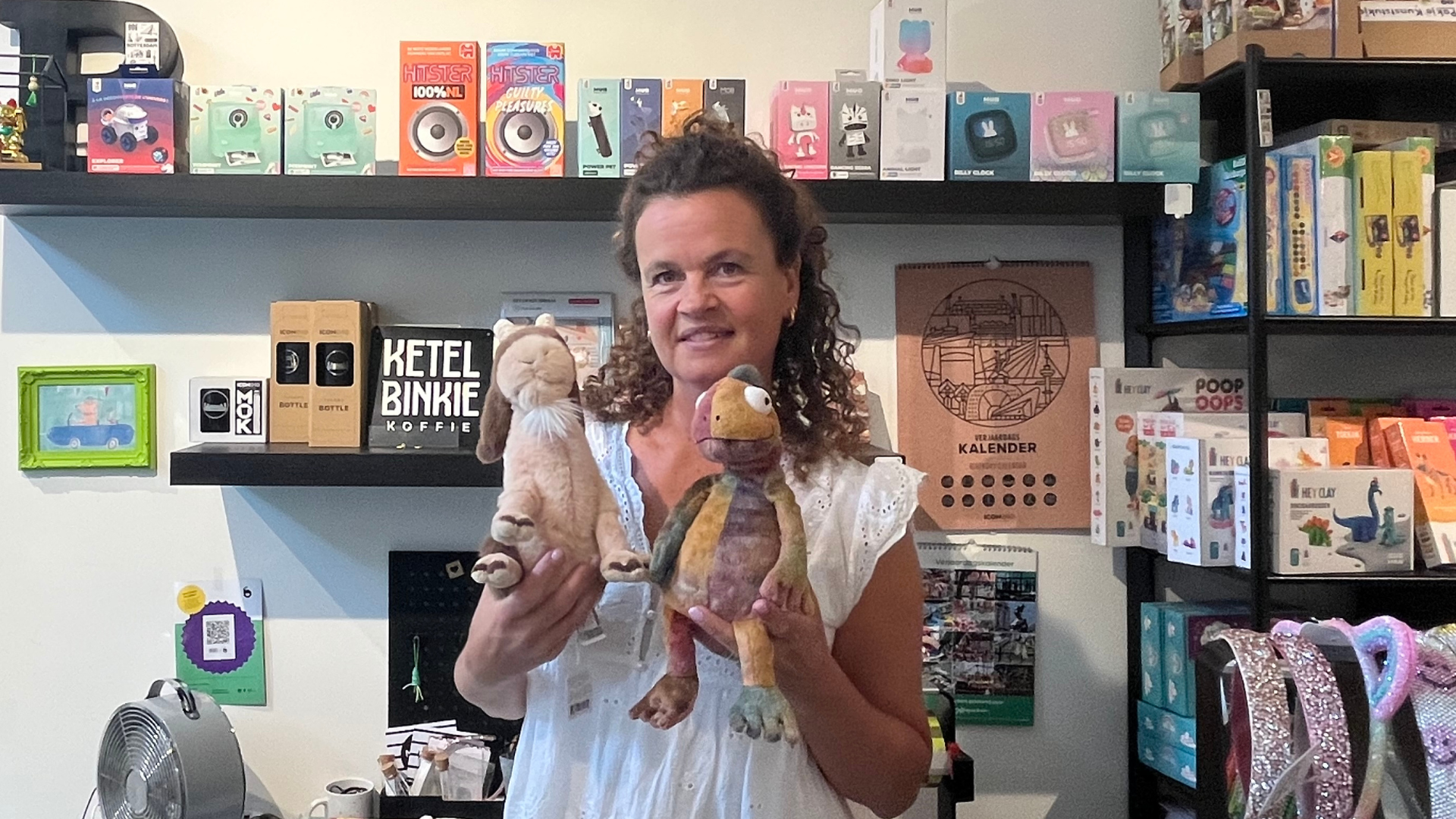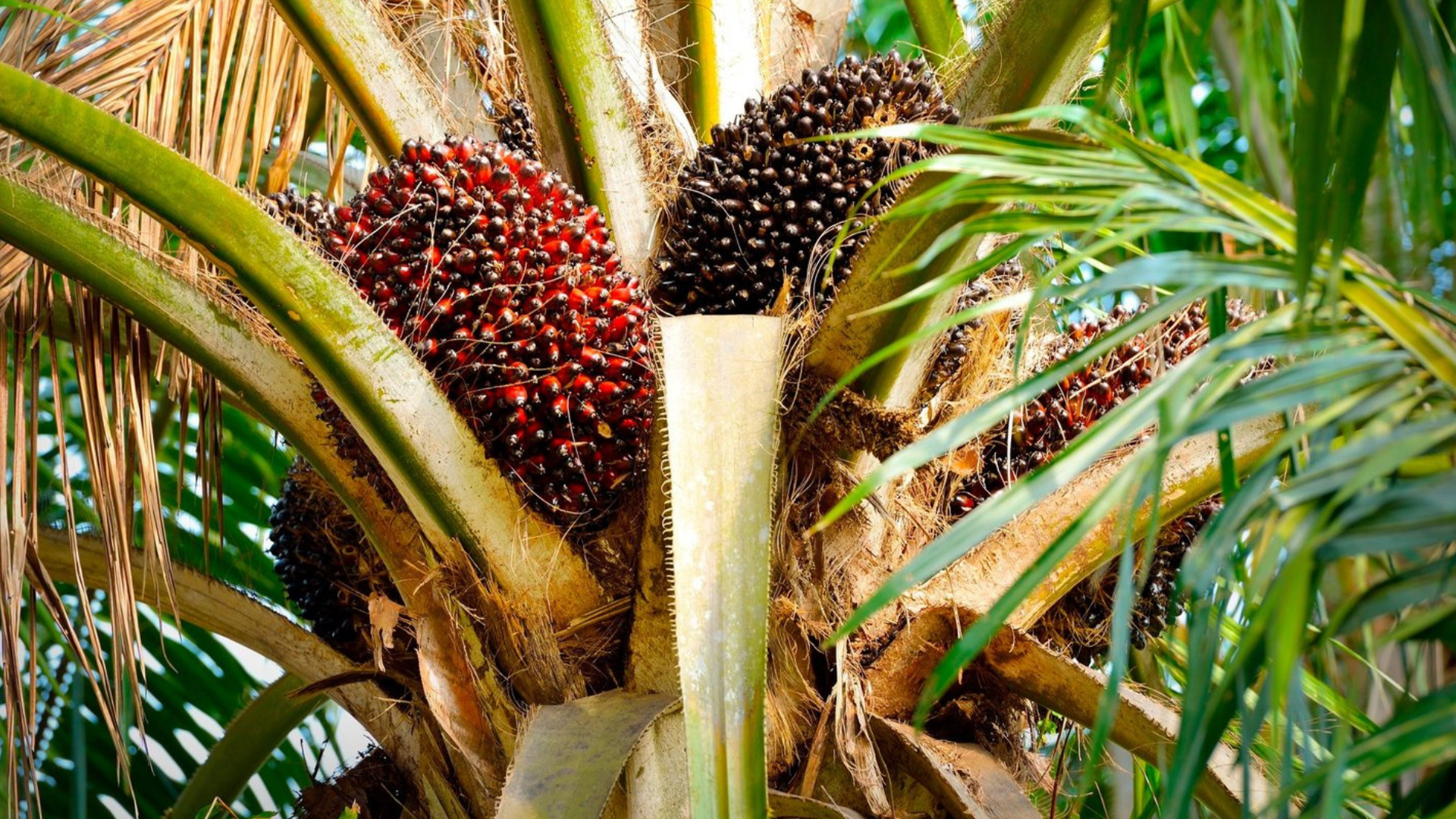The circular economy is often seen as the solution to the current climate crisis. There even exists a roadmap to make the Dutch economy circular by 2050. But what does this mean, and how will we reach this goal? You can read it in this blog.
The current situation gives rise to terrifying headlines. We are told that metals are running out and that there is a serious gas shortage in Europe. The conclusion that can be drawn from this information is that our current way of life is unsustainable. In the near future, we will have to deal with the consequences of the way humanity has treated the planet for decades.
However, there is still hope. Many countries have committed to make the transition to a circular economy as soon as possible. In this article we explain why this news makes us optimistic. In addition, we discuss the six different ways to achieve this goal and we also describe our own contribution.
- Sharing
- Leasing
- Reusing
- Repairing
- Refurbishing
- Recycling
What is a circular economy?
The idea of the ‘circular economy’ is increasingly being covered in the media. As time is running out due to the global climate crisis, the smartest scientists are looking for appropriate solutions. Many of these solutions contribute to the transition from a linear to a circular economy.
- In a linear economy, we extract raw materials from nature for the production of consumer goods. As soon as these goods break or when they simply no longer serve any purpose, they end up in the waste pile. Most of these materials are then incinerated. In this way, we gradually deplete our planet’s finite supply of resources, until they become so scarce that we can no longer maintain our way of living. This calls for drastic changes.
- In a circular economy there is no waste. All raw materials are recycled and reused. This means that the cycle is closed. The result is a sustainable society in which future generations can continue to live without depleting natural resources.
How do we make the transition?
We have listed all strategies for making the transition to a circular economy for you, in case you were wondering how we are going to realise this goal.
1. Sharing
One important route is sharing materials and products with others, which means that they can be produced in smaller numbers. This can happen within the household, but also on a larger scale within society. One example of this is the GoScooter, which can be used by everyone who has the app.
2. Leasing
Leasing is a term that is often used in the business world, but it can also be a good solution for private use. Leasing is especially beneficial in the case of products that you absolutely need, but only for a short period of time.
For a fixed amount of money per period you get your own car, for example, after which you can simply return it as soon as you no longer need it. This way, you will never have the car in your possession for longer than necessary.

3. Reusing
Previously, we already discussed how bad disposable products are for the environment. In a circular economy, these products are out of the question.
Instead, you should look for a solution that you can use repeatedly, preferably an unlimited number of times. For example, I stopped buying fabric softener myself. Instead, I throw these balls in the dryer. This not only saves me money, but also the hassle of buying and transporting the heavy bottles while doing my weekly groceries.
However, there exist also many other ways to reuse items. For example, consider donating your unwanted items to a thrift store.

4. Repairing
It used to be a lot more normal to bring your broken items to a repair shop. In addition, things often broke less quickly because they were produced more sustainably.
However, it is becoming increasingly difficult to carry out repairs these days. For example, many manufacturers ensure that the different parts of their devices cannot be replaced. This way, customers keep coming back.
Fortunately, more and more alternatives exist which do allow for the replacement of parts, such as the FairPhone. To realize a circular economy, it is important that we always check whether it is possible to repair our possessions before we buy a replacement.

5. Refurbishing
Do you really need a new device? It is then recommended to take a look at the refurbished offers first. These are devices of others that have been repaired by professionals, after which they are resold. You often get a warranty with this, so that you can be sure that it will not break again in the near future. Take a look at fixje.nl, for example.
6. Recycling
Last but not least: recycling. Despite the rigorous implementation of the aforementioned methods, we will continue to produce some waste. However, the way we deal with this waste is crucial. If valuable materials end up in the regular waste pile, they can often no longer be properly recycled. However, if you neatly separate them and bring them to the right place, many materials can be recovered and then reused. For example, new books can be printed on recycled paper.

How does Byewaste contribute to a circular economy?
It is vital that we start recycling more, as our finite resources are running out. However, this often costs the average Dutch person too much effort. They simply do not have enough time for a regular visit to the recycling center or a trip to the textile container. Moreover, the instructions for recycling are often unclear. This is where we come in. We collect old or broken books, electronics, toys, textiles and more from your home for free, after which we will reuse or recycle them properly. This way, you can contribute to a more sustainable society with as little effort as possible.






.png)


